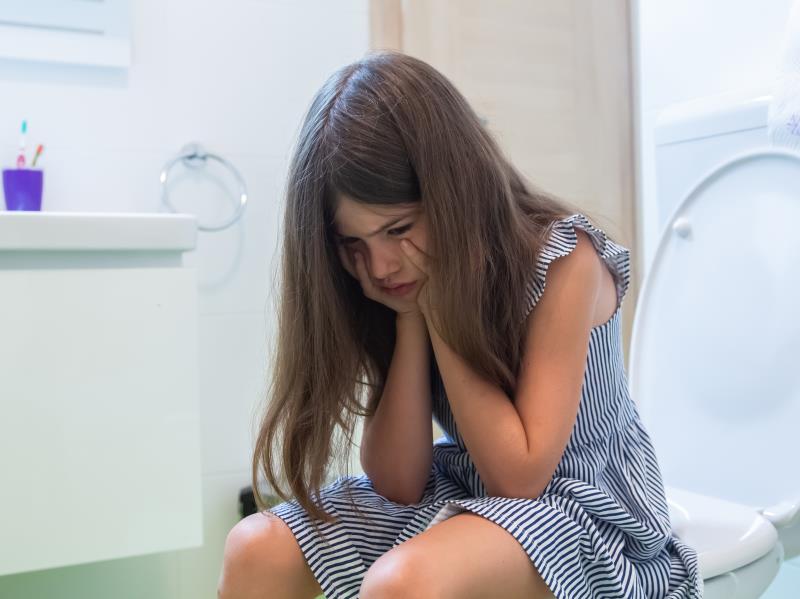
Children with pyelonephritis prescribed a short course or prolonged course of antibiotics had comparable rates of treatment failure, according to a retrospective, observational study.
“Results of this study suggest that short courses of antibiotic therapy may be as effective as prolonged courses for the treatment of pyelonephritis in children,” said the researchers.
The study population comprised 791 children aged 6 months to 18 years (mean age 9.2 years, 85 percent female) with pyelonephritis and a urine culture positive for Escherichia coli, Klebsiella species, or Proteus mirabilis. Short-course antibiotic treatment (6–9 days) was prescribed to 297 patients, while prolonged-course antibiotic treatment (≥10 days) was prescribed to 494 patients (median treatment duration 8 and 11 days, respectively).
The primary outcome was treatment failure within 30 days of antibiotic course completion, defined as a composite of unanticipated emergency department (ED) or outpatient visit due to urinary tract infection (UTI) symptoms, hospital readmission for UTI symptoms, prolongation of antibiotic treatment, or death.
Seventy-nine children (10.1 percent) experienced this outcome, with 6.8 percent having an unanticipated ED or outpatient visit, 1.3 percent readmitted, 8.3 percent requiring additional antibiotics, and one death.
Treatment failure was comparable among children prescribed the short and prolonged courses of antibiotics (11.2 percent vs 9.4 percent; odds ratio [OR], 1.22, 95 percent confidence interval [CI], 0.75–1.98). [JAMA Network Open 2020;3:e203951]
Subsequent UTI due to drug-resistant bacteria within 30 days (n=37) also did not differ between patients who received the short or prolonged course of antibiotics (40 percent vs 64 percent; OR, 0.36, 95 percent CI, 0.09–1.43), though this was not statistically significant.
Treatment duration did not affect treatment failure across age groups, antibiotic class, or among those with vs without underlying urological abnormalities. However, regardless of treatment duration, subgroup analysis showed that children aged 4–13 years were more likely to experience treatment failure compared with those aged 6 months–3 years and 14–18 years (14.5, 7.4, and 7.8 percent, respectively; OR, 1.71; p<0.01). Treatment failure was also more common among children with vs without urological abnormalities (19.1 percent vs 7.4 percent; OR, 2.59; p=0.03).
The researchers suggested that differences in risk factors may have affected the age-related outcomes. For instance, elimination and hygiene practices during infancy and early childhood may result in UTIs in healthy children aged <4 years, while sexual activity may play a part in those aged ≥14 years. “Children between these ages, however, are less likely to develop UTIs unless there are anatomical abnormalities of the urinary tract, neurological abnormalities, or functional bowel control conditions,” they said.
Guidelines published by the American Academy of Pediatrics suggest a 7–14-day antibiotic regimen for pyelonephritis. [Pediatrics 2016;138:e20163026] However, increasing evidence suggests that a shorter duration of treatment may be sufficient in adults. [Eur J Clin Microbiol Infect Dis 2017;36:1443-1448]
“The benefits of a short course of antibiotic therapy for pyelonephritis include improved patient convenience, a decreased likelihood of adverse drug events, a reduced risk of the emergence of antibiotic resistant organisms, and reduced abdominal discomfort,” said the researchers.
“Given the high incidence of UTIs in children and the increasing concern for antibiotic resistance and other negative sequelae associated with antibiotic overuse, a shorter duration of therapy for pyelonephritis could have implications for public health,” they concluded.